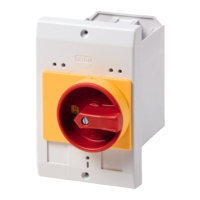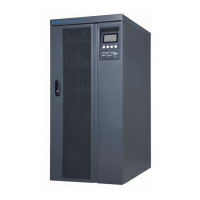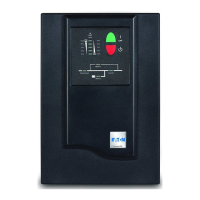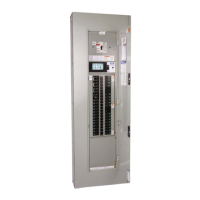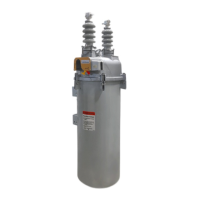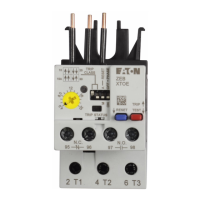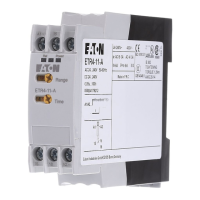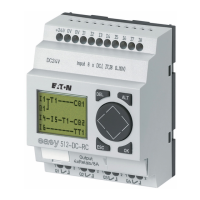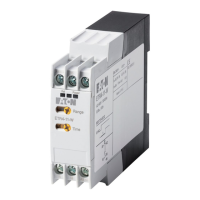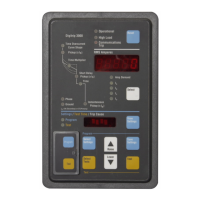3.10 Control Lockout Relays via Panel – Example of a Switching
Operation
This chapter is only applicable to the EBR‑3000. For all other E‑Series relays, see ╚═▷ “3.9
“CTRL” key – Control Switchgear Devices” instead.
Operational
Info
Ack/Rst
Ok
CTRL
EBR-3000_FAC
Mode 86
Local
86CT 86Trip
By pressing the »CTRL« key you enter the
“Control Page”, which shows symbols for the
connected Lockout Relays that the EBR‑3000
can control:
The EBR‑3000 supports up to 2 Lockout Relays,
“86[1]” and “86[2]”.
Note that the single-line diagram denes
whether one or two Lockout Relays shall be
handled by the EBR‑3000. (See the User
Manual for details.)
(This example assumes two connected Lockout
Relays, but in most cases there will be probably
only one.)
Moreover, the single-line sets the designations
that are shown instead of “86[1]” and “86[2]”
(here: “86Trip” and “86CT”). And nally, note
that the switching operation described in this
chapter is only possible if the Lockout Relay is
dened as “controlled” in the single-line.
The Lockout Relay “86Trip” is tripped in case of
a protection fault, and this Lockout Relay has
the purpose to open the Breakers connected to
its relay contacts. The “86CT” is optional and
can be used to short-circuit the CTs.
• ■ A black square is the symbol for a•
Lockout Relay in state RESET.
• □ A white square is the symbol for a•
Lockout Relay in state TRIPPED.
A (manually executed) switching operation can
be executed if the swiching authority (which is
displayed in the top right corner) is set to either
“Local” or “Local and Remote”.
Remark 1: The switching authority does not
aect trips from a protection function.
Remark 2: This Control Page is not only
accessible via »CTRL« key, but also via the
ordinary main menu:
• The menu path [Control / Control Page]•
gives access to the Control Page.
49www.eaton.comE-Series Family Quick Start Guide
3 Quick Start – Operation via Panel
3.10 Control Lockout Relays via Panel – Example of a Switching Operation
